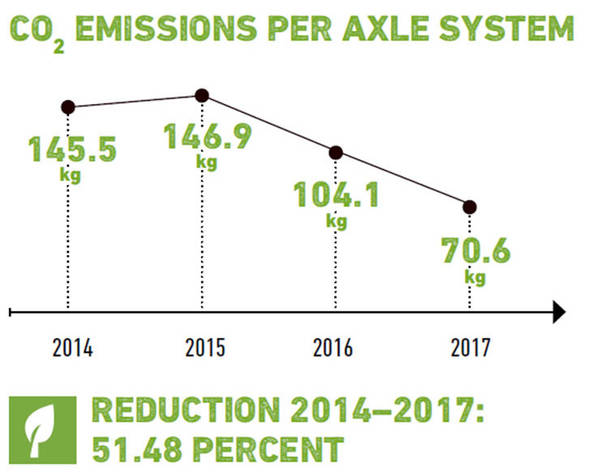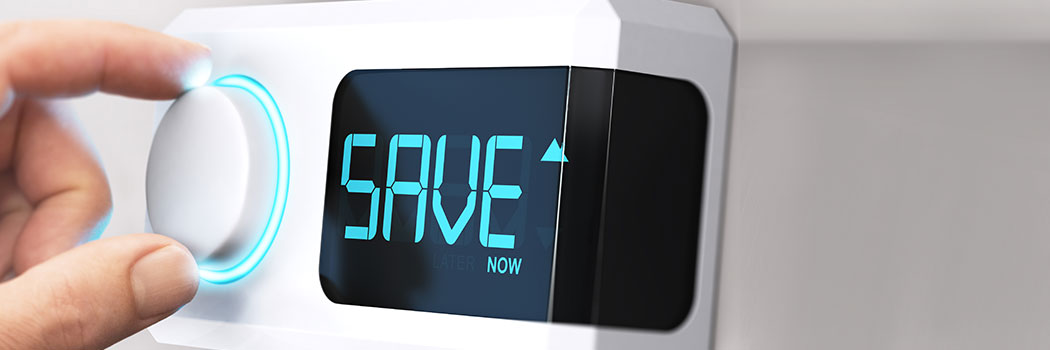CO2 savings of 28%
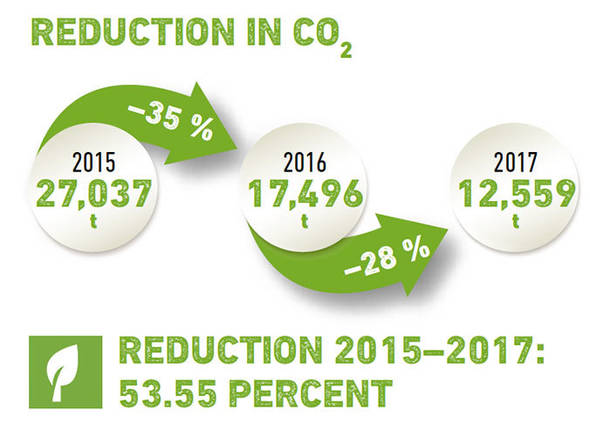
BPW already succeeded in cutting its CO2 emissions by around 35 percent, to 17,500 tonnes, in 2016. In 2017, they fell another 28% to just 12,500 tonnes. The key reasons for this massive reduction are the switch to 100% green energy, the expansion of internal energy production through solar power, equipment technology energy optimisation and switching the fleet to hybrid and electric vehicles.
100% green energy
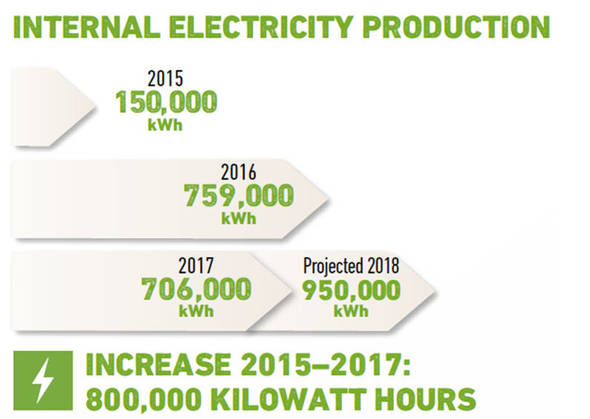
Since summer 2017, BPW has obtained its electricity exclusively from renewable carbon-neutral sources with proof of origin, generated without nuclear power, coal or other fossil fuels – a milestone in the company’s environmental strategy.
Solar power production increased by over 80%
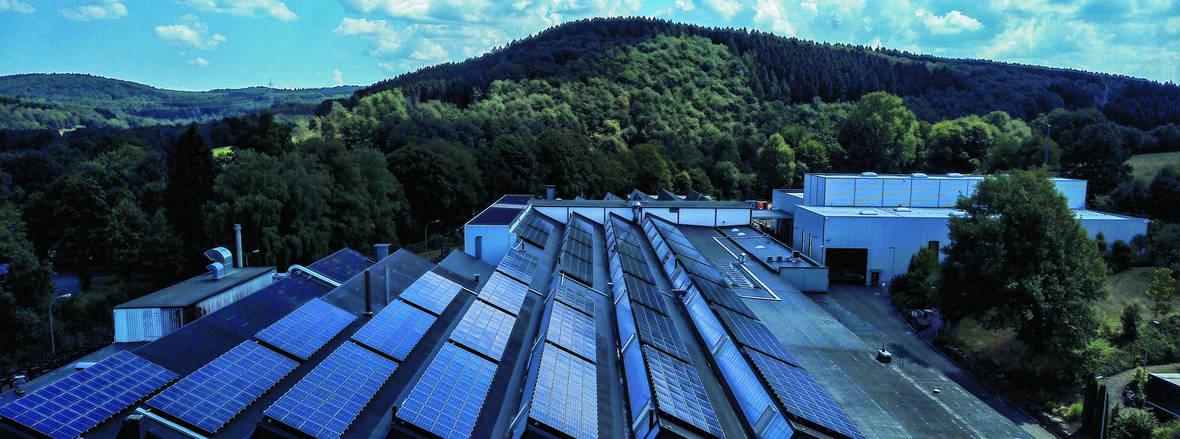 |
In 2016, BPW expanded its internal energy production for the first time with a 3,100 square metres photovoltaic system with 1,920 modules. In April 2018, an additional photovoltaic system got up and running in the Brüchermühle plant. 1,320 modules over 2,200 square metres allow BPW to increase the percentage of solar power it produces itself by 80% to 770,000 kilowatt hours a year. The plant in Brüchermühle covers its entire base load with the solar power it produces.
State-of-the-art equipment technology
A new, intelligent control system for a hydraulic test bench used in testing at BPW led to a saving of 384,000 kilowatt hours in 2017. The optimisation of a suction system in the welding area managed to save an additional 77,500 kilowatt hours. Despite a further increase in automation, electricity consumption at BPW fell by 3% in 2017.
The company is also continuing to invest in digitisation and automation. Increased interconnectivity and the use of Industry 4.0 lead to efficiency gains, but also to increased power consumption. The switch to 100% green energy in 2017 and the expansion of the photovoltaic system in 2018 has allowed BPW to effectively separate energy consumption from CO2 emissions. The company also continues to sound out further potential for savings in energy management in order to offset additional consumption as optimally as possible. In this way, BPW ensures that the level of harmful emissions is reduced per product, despite an increase in energy intensity in axle system production.
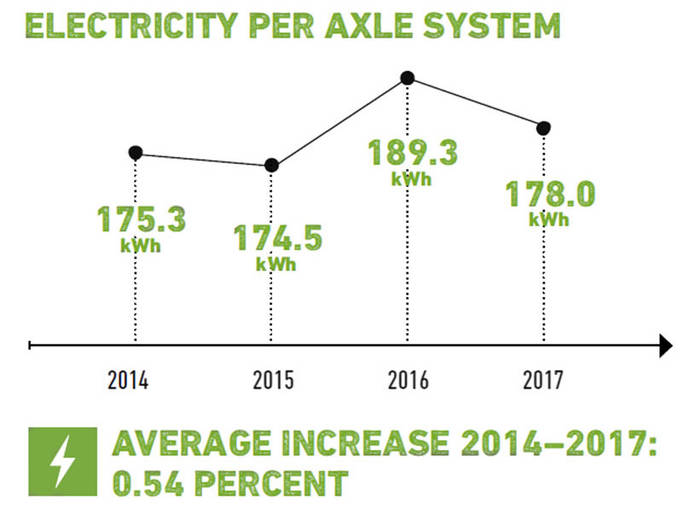
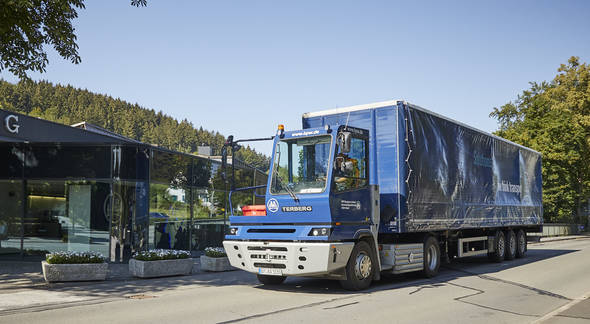 |
BPW covers 96% of its principal energy demand with electricity (48%) and environmentally- friendly natural gas (48%). The rest, amounting to less than 4%, is obtained from diesel fuel: BPW needs this to power long-distance and heavy-duty lorries and special high-performance forklift trucks for which electric alternatives do not yet exist. All other commercial vehicles and forklifts used internally at the plants have already fully been switched to electric models.
The lack of powerful electric commercial vehicles is an issue which also concerns BPW’s development department – following the electric drive axle for heavy transporters, BPW is currently developing an emissions-free drive concept for heavy-duty transport with a usable load of up to 26 tonnes and torque of up to 7,200 newton metres.
Electric company fleet and charging stations
BPW has focused consistently on e-mobility since 2016, and that also goes for its fleet – a third of the entire fleet of company cars has since been switched to electric or hybrid power. In 2017, a second electrically-operated 40-tonner was commissioned for internal plant transport. Over 90% of forklifts run on electricity. 10% of these have already been switched to state-of-the-art lithium ion batteries that have a much longer life expectancy than conventional alternatives. All electric forklift trucks will gradually be upgraded to the new technology. In 2017, BPW also expanded its network of charging stations from 10 to 17.
